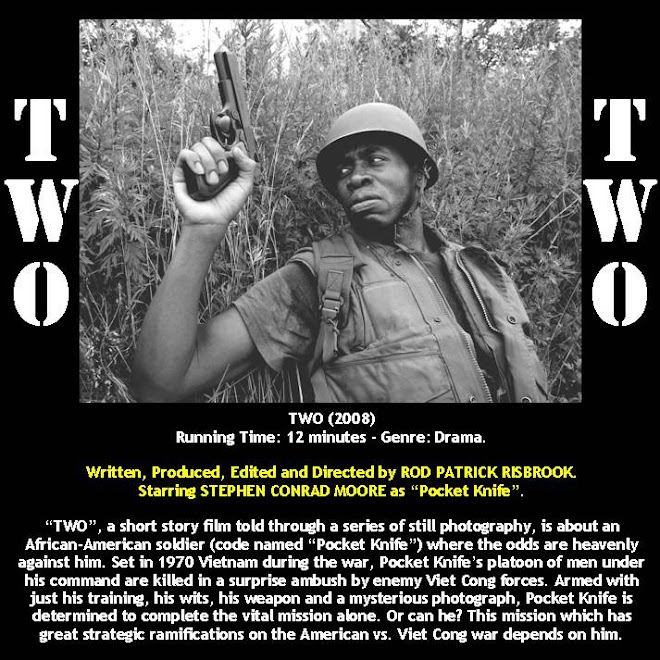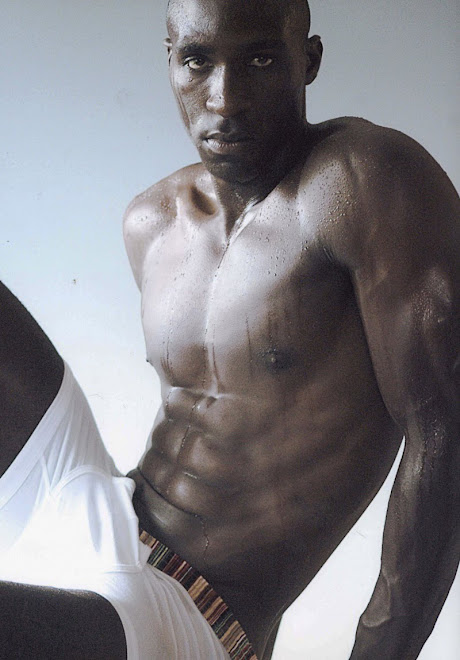
Excerpt From:

Rare Photo of Slave Children Found in Attic
Posted by Chauncey DeVega at 12:20 pm
June 11, 2010
A haunting 150-year-old photo found in a North Carolina attic shows a young black child named John, barefoot and wearing ragged clothes, perched on a barrel next to another unidentified young boy.
Art historians believe it’s an extremely rare Civil War-era photograph of children who were either slaves at the time or recently emancipated.
The photo, which may have been taken in the early 1860s, was a testament to a dark part of American history, said Will Stapp, a photographic historian and founding curator of the National Portrait Gallery’s photographs department at the Smithsonian Institution.
“It’s a very difficult and poignant piece of American history,” he said. “What you are looking at when you look at this photo are two boys who were victims of that history.”
In April, the photo was found at a moving sale in Charlotte, accompanied by a document detailing the sale of John for $1,150, not a small sum in 1854.
New York collector Keya Morgan said he paid $30,000 for the photo album including the photo of the young boys and several family pictures and $20,000 for the sale document. Morgan said the deceased owner of the home where the photo was found was thought to be a descendant of John.
A portrait of slave children is rare, Morgan said.
“I buy stuff all the time, but this shocked me,” he said.
What makes the picture an even more compelling find is that several art experts said it was created by the photography studio of Mathew Brady, a famous 19th-century photographer known for his portraits of historical figures such as President Abraham Lincoln and Confederate Gen. Robert E. Lee.
Stapp said the photo was probably not taken by Brady himself but by Timothy O’Sullivan, one of Brady’s apprentices. O’Sullivan took a multitude of photos depicting the carnage of the Civil War.
In 1862, O’Sullivan famously photographed a group of some of the first slaves liberated after Lincoln issued his preliminary Emancipation Proclamation.
Such photos were circulated in the North by abolitionists to garner support for the Union during the Civil War, said Harold Holzer, an author of several books about Lincoln. Holzer works as an administrator at the Metropolitan Museum of Art.
Most of the photos depicted adult slaves who had been beaten or whipped, he said.
The photo of the two boys is more subtle, Holzer said, which may be why it wasn’t widely circulated and remained unpublished for so long.
“To me, it’s such a moving and astonishing picture,” he said.
Ron Soodalter, an author and member of the board of directors at the Abraham Lincoln Institute in Washington, D.C., said the photo depicts the reality of slavery.
“I think this picture shows that the institution of slavery didn’t pick or choose,” said Soodalter, who has written several books on historic and modern slavery. “This was a generic horror. It victimized the old, the young.”
For now, Morgan said, he is keeping the photo in his personal collection, but he said he has had an inquiry to sell the photo to the Metropolitan Museum of Art. He said he is considering participating in the creation of a video documentary about John.
“This kid was abused and mistreated and people forgot about him,” Morgan said. “He doesn’t even exist in history. And to know that there were a million children who were like him. I’ve never seen another photo like that that speaks so much for children.”
Art historians believe it’s an extremely rare Civil War-era photograph of children who were either slaves at the time or recently emancipated.
The photo, which may have been taken in the early 1860s, was a testament to a dark part of American history, said Will Stapp, a photographic historian and founding curator of the National Portrait Gallery’s photographs department at the Smithsonian Institution.
“It’s a very difficult and poignant piece of American history,” he said. “What you are looking at when you look at this photo are two boys who were victims of that history.”
In April, the photo was found at a moving sale in Charlotte, accompanied by a document detailing the sale of John for $1,150, not a small sum in 1854.
New York collector Keya Morgan said he paid $30,000 for the photo album including the photo of the young boys and several family pictures and $20,000 for the sale document. Morgan said the deceased owner of the home where the photo was found was thought to be a descendant of John.
A portrait of slave children is rare, Morgan said.
“I buy stuff all the time, but this shocked me,” he said.
What makes the picture an even more compelling find is that several art experts said it was created by the photography studio of Mathew Brady, a famous 19th-century photographer known for his portraits of historical figures such as President Abraham Lincoln and Confederate Gen. Robert E. Lee.
Stapp said the photo was probably not taken by Brady himself but by Timothy O’Sullivan, one of Brady’s apprentices. O’Sullivan took a multitude of photos depicting the carnage of the Civil War.
In 1862, O’Sullivan famously photographed a group of some of the first slaves liberated after Lincoln issued his preliminary Emancipation Proclamation.
Such photos were circulated in the North by abolitionists to garner support for the Union during the Civil War, said Harold Holzer, an author of several books about Lincoln. Holzer works as an administrator at the Metropolitan Museum of Art.
Most of the photos depicted adult slaves who had been beaten or whipped, he said.
The photo of the two boys is more subtle, Holzer said, which may be why it wasn’t widely circulated and remained unpublished for so long.
“To me, it’s such a moving and astonishing picture,” he said.
Ron Soodalter, an author and member of the board of directors at the Abraham Lincoln Institute in Washington, D.C., said the photo depicts the reality of slavery.
“I think this picture shows that the institution of slavery didn’t pick or choose,” said Soodalter, who has written several books on historic and modern slavery. “This was a generic horror. It victimized the old, the young.”
For now, Morgan said, he is keeping the photo in his personal collection, but he said he has had an inquiry to sell the photo to the Metropolitan Museum of Art. He said he is considering participating in the creation of a video documentary about John.
“This kid was abused and mistreated and people forgot about him,” Morgan said. “He doesn’t even exist in history. And to know that there were a million children who were like him. I’ve never seen another photo like that that speaks so much for children.”
 Image of an 1854 document, provided by Keya Morgan,
Image of an 1854 document, provided by Keya Morgan,detailing the sale of a slave named "John"
provides some insight into the horrors of the slave trade,
says collector Keya Morgan.
The document was found with some photos
at a moving sale in Charlotte, N.C.
(AP Photo/Courtesy of Keya Morgan, LincolnImages.com)




+LR+Edit+32.jpg)


.jpg)


























.jpg)




No comments:
Post a Comment